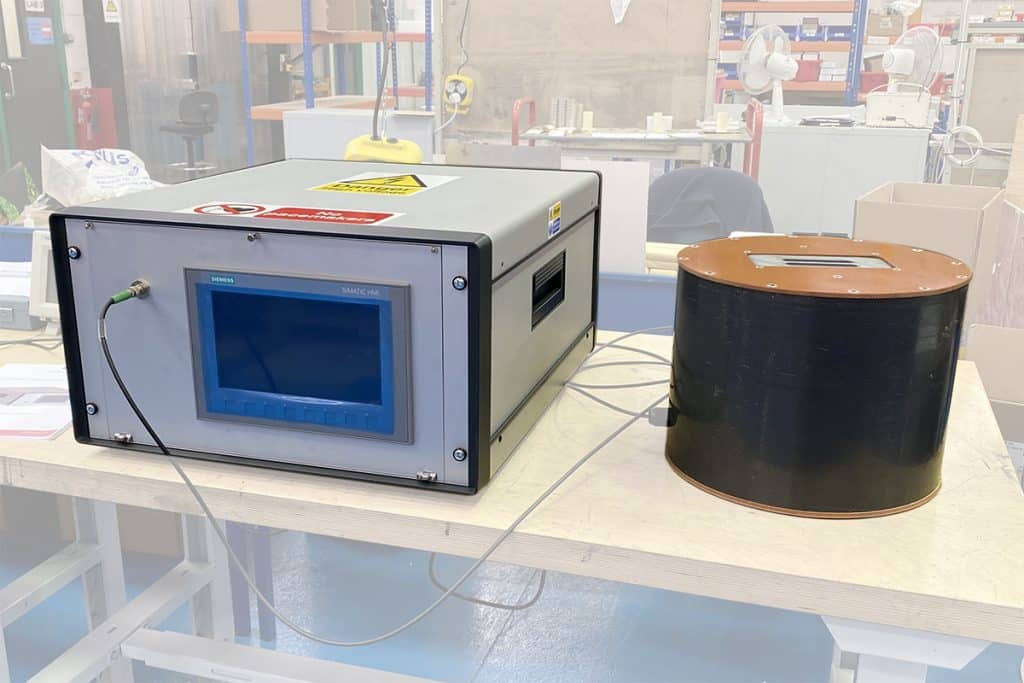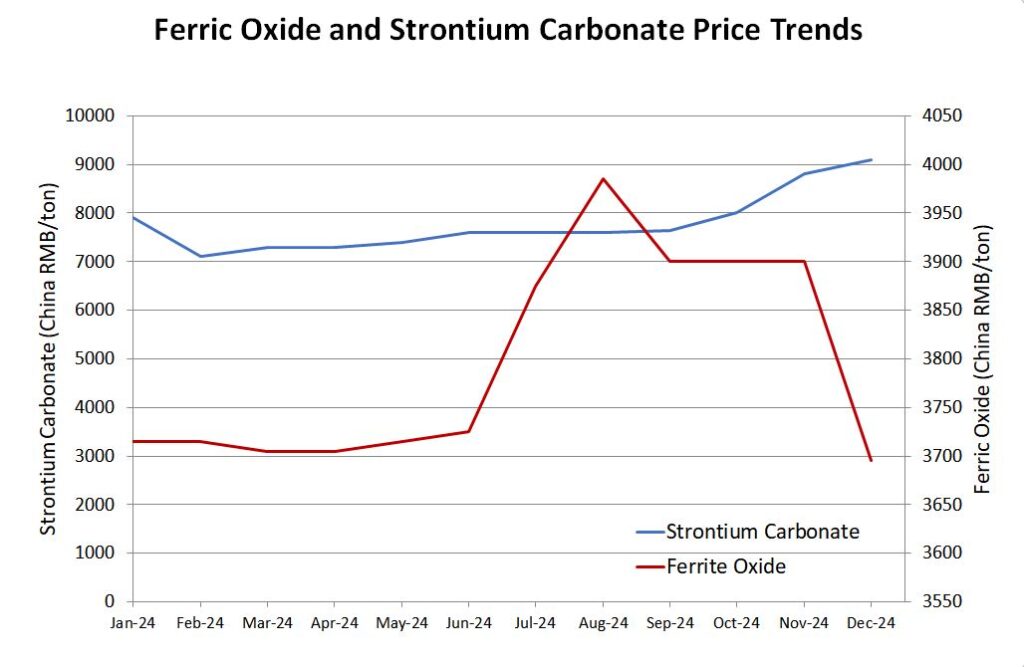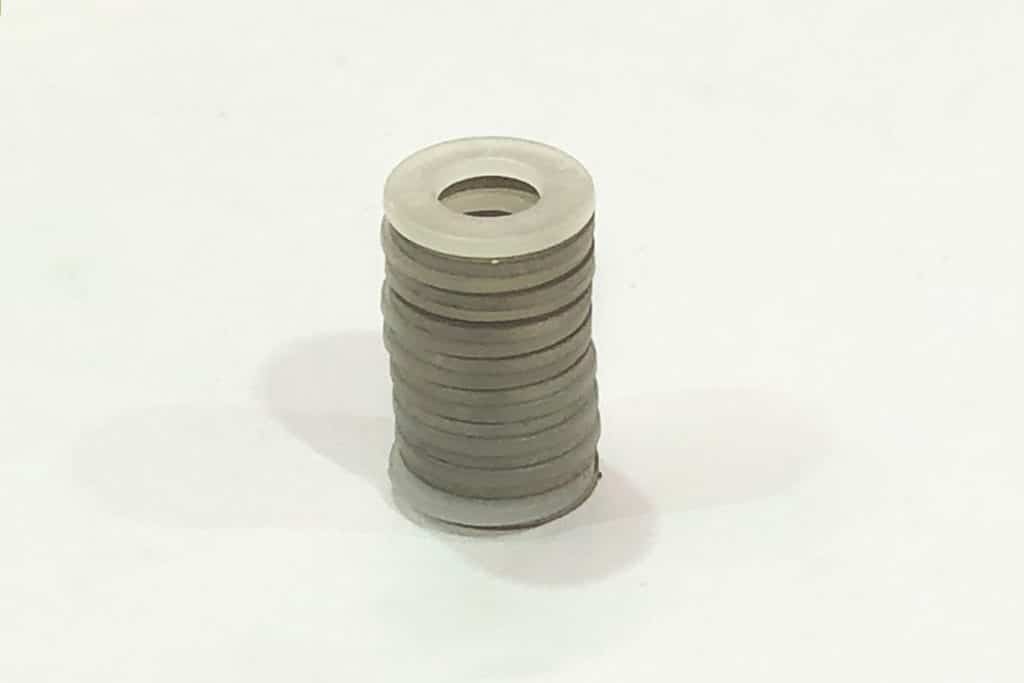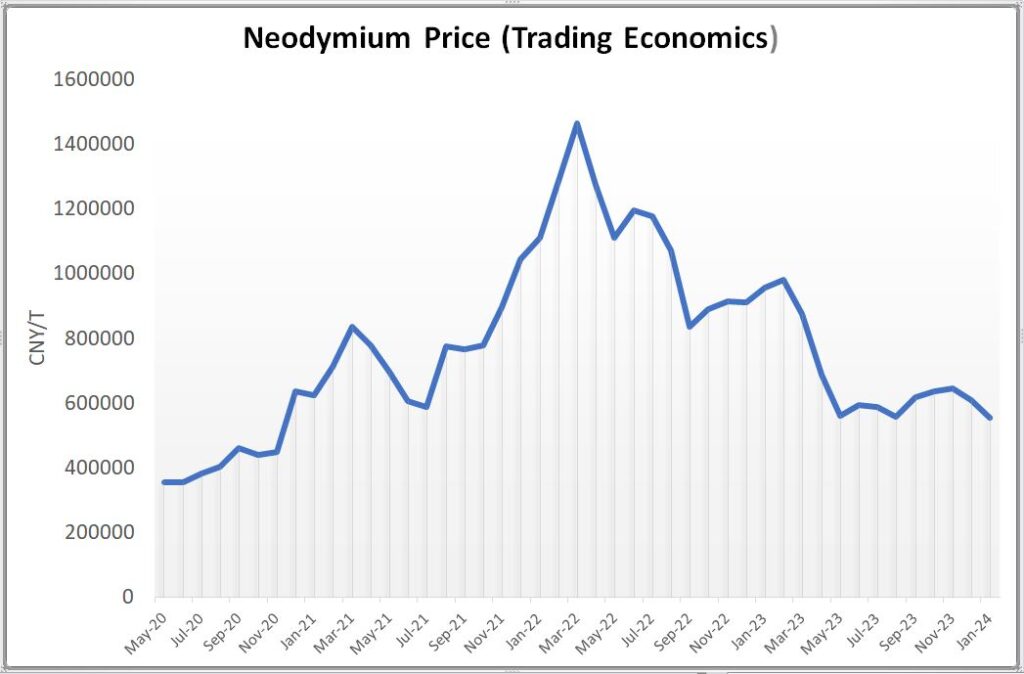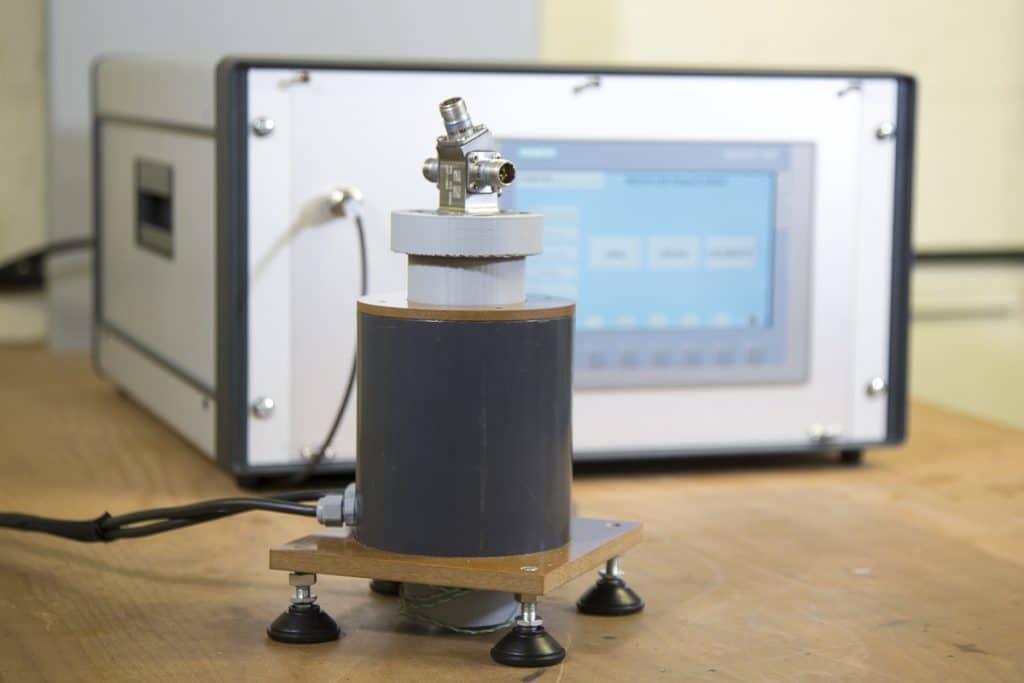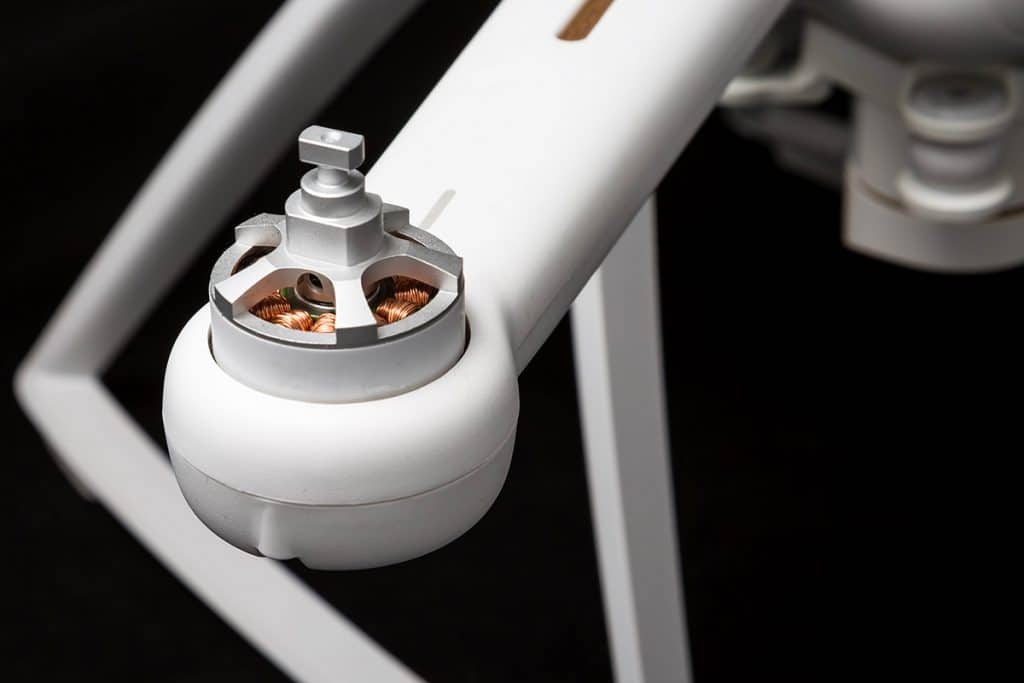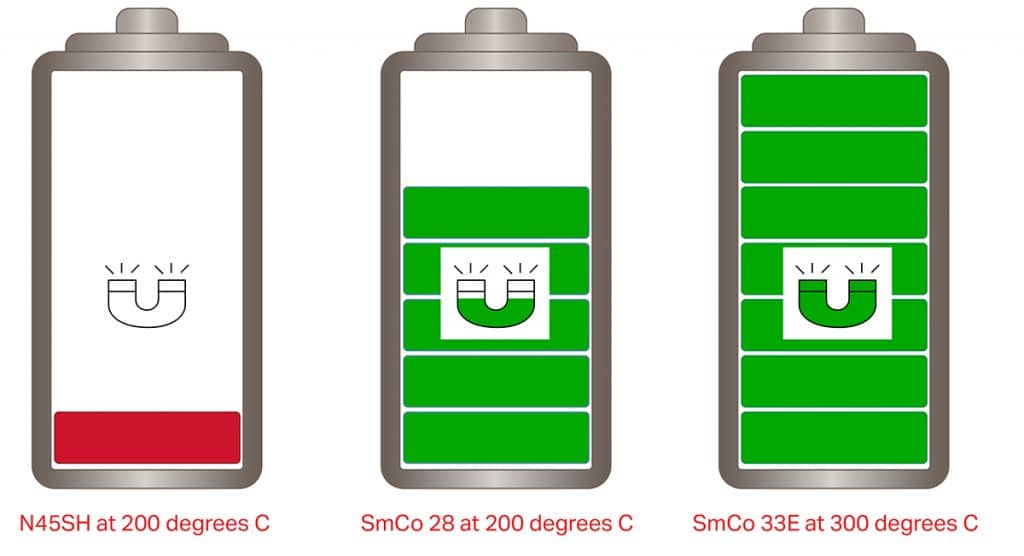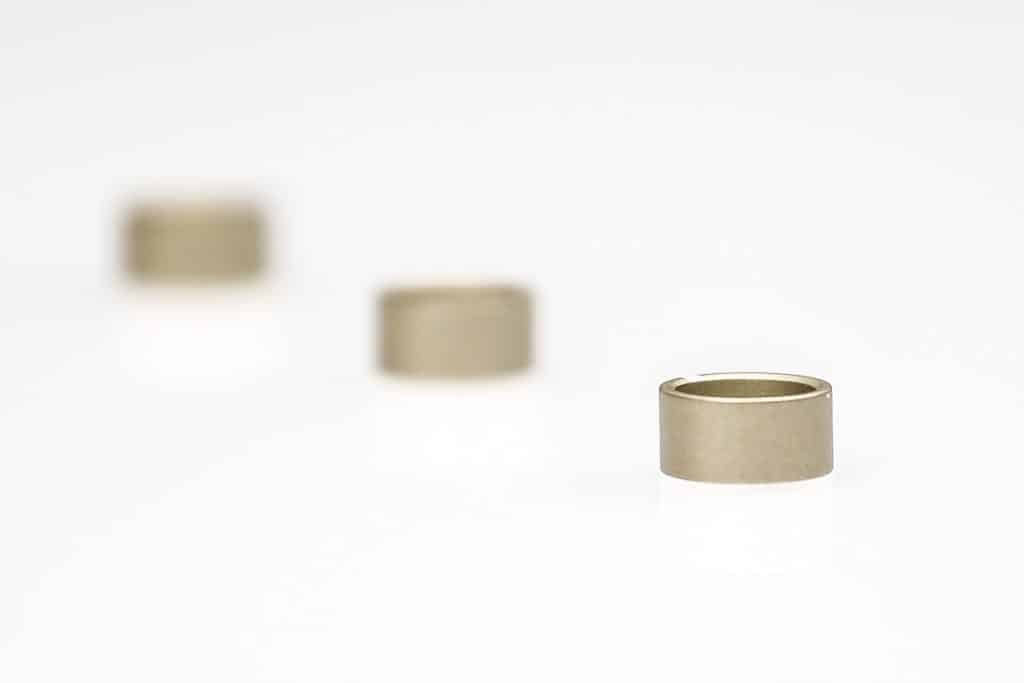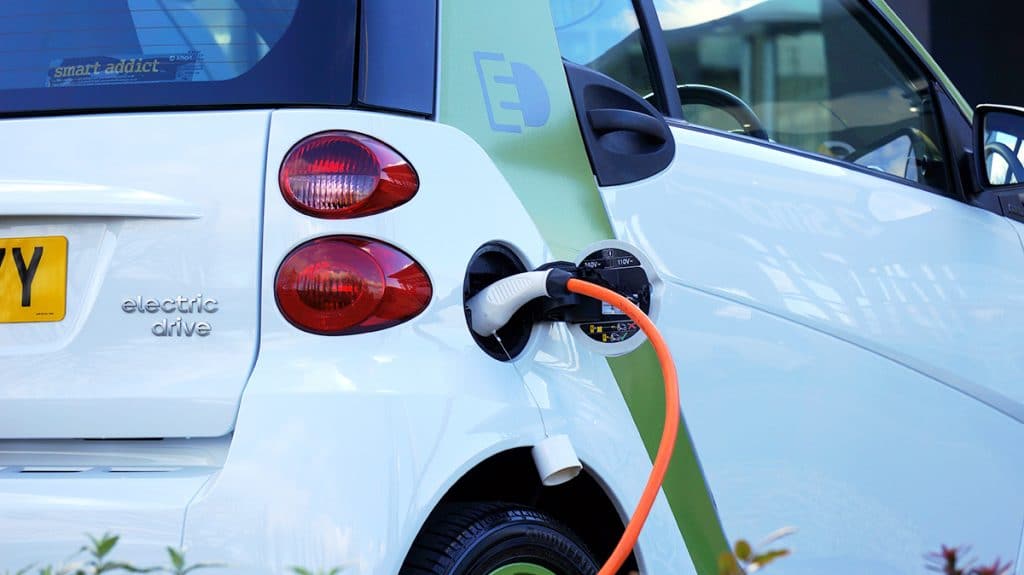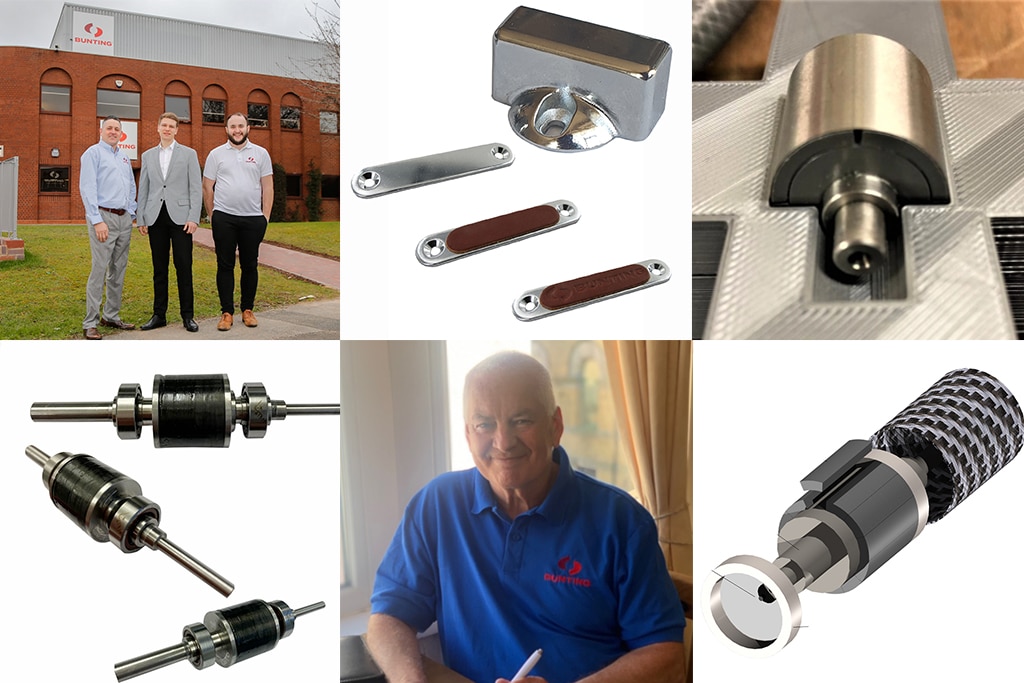Magnets
New Magnet Setter Demonstration Unit
In response to an increase in magnet design projects, Bunting-Berkhamsted has added a new Magnet Setter demonstration unit to their testing house. The BMCS-1510 Magnet Setter magnetises and sets Samarium Cobalt (SmCo) and AlNiCo magnets when connected to a compatible magnetising fixture. The magnet setter features a built in gaussmeter for measuring the magnetic field…
Read MoreFerrite Magnet Price Trends
Updated 11th December 2024 The Strontium Ferrite (SrFe12O19) permanent magnet (also known as a ceramic magnet) is the most commonly used magnet material. Each Ferrite Magnet consists of approximately 90% iron oxide and 10% strontium carbonate. In June 2021, the price of Strontium Carbonate rose sharply, peaking at 22,250 CNY/MT in July 2021. By February…
Read MoreMedical Device Manufacturer Awards Bunting Top Supplier Performance
A leading European medical device manufacturer has recognised Bunting’s high standard of supply with a top supplier award. Bunting supply approximately 20,000 Samarium Cobalt rare earth magnets annually for medical audio equipment. The project originated in 2016, when Bunting engineers worked closely with a team from the manufacturer to determine the optimum medical device magnet…
Read MoreNeodymium Price Trends
Updated 25th January 2024 On January 1st 2025, after rallying between August and November, the price of Neodymium fell to the lowest level since November 2020. The outlook remains uncertain, with further decreases likely in the short term. In 12 months, the price of Neodymium has fallen by 42%, way down on the peak price…
Read MoreAlNiCo Magnet Setter Development
Bunting engineers have developed a new Magnet Setter for AlNiCo magnets. AlNiCo Magnet Properties AlNiCo’s relatively low coercive force (Hc) means that the magnet material is easily magnetised to saturation, as well as fully or partially demagnetized by external fields. This makes an AlNiCo magnet easy to magnetise when part of an assembly, but could…
Read MorePermanent Magnet Motors Providing Key Benefits
Permanent magnet motors are electric motors using permanent magnets in addition to windings. Such motor designs are more efficient than induction motors or motors with field windings for certain high-efficiency applications such as electric vehicles and small electric motors such as found on drones and in car windshield wipers. Both AC and DC motors benefit…
Read MoreXGS33 Expands Bunting’s Samarium Cobalt Magnets Range
Bunting’s range of Samarium Cobalt (SmCo) Rare Earth Magnets now includes the XGS33, XGS33M and XGS33H grades, which provide higher stability and magnetic performance at raised temperatures. Such performance characteristics are critical in applications for the automotive, aerospace and electronics sectors. Technical Product Information: Samarium Cobalt Magnets Advantages of Samarium Cobalt Magnets Rare Earth magnets…
Read MoreEverlube Coating Protects Neodymium Magnets
The new Everlube anti-corrosion magnet coating combats the increasingly arduous working environments for magnets and magnetic components. The Everlube coating prevents oxidation and deterioration of high-powered permanent neodymium rare earth magnets. The Everlube coating was originally developed as a brand of dry film lubricant products specifically designed to enhance and improve the performance of critical…
Read MoreRare Earth Magnets in Electric Vehicle Motors
The global move towards the electrification of vehicles continues to gather momentum. In 2010, the number of electric cars on the world’s roads reached 7.2 million, of which 46% were in China (iea.org/reports/global-ev-outlook-2020). By 2030, the number of electric cars is expected to swell to 250 million, a massive growth in a relatively short time.…
Read MoreBunting-Berkhamsted 2020 Review
On January 1st, nobody could have predicted the challenges businesses would face in 2020. Despite the restrictions and obstacles presented by the Covid-19 pandemic, companies adapted and continued to design and manufacture as they supported customers. December provides the ideal opportunity to reflect on many of Bunting-Berkhamsted’s positive news stories shared in 2020. A Positive…
Read More
